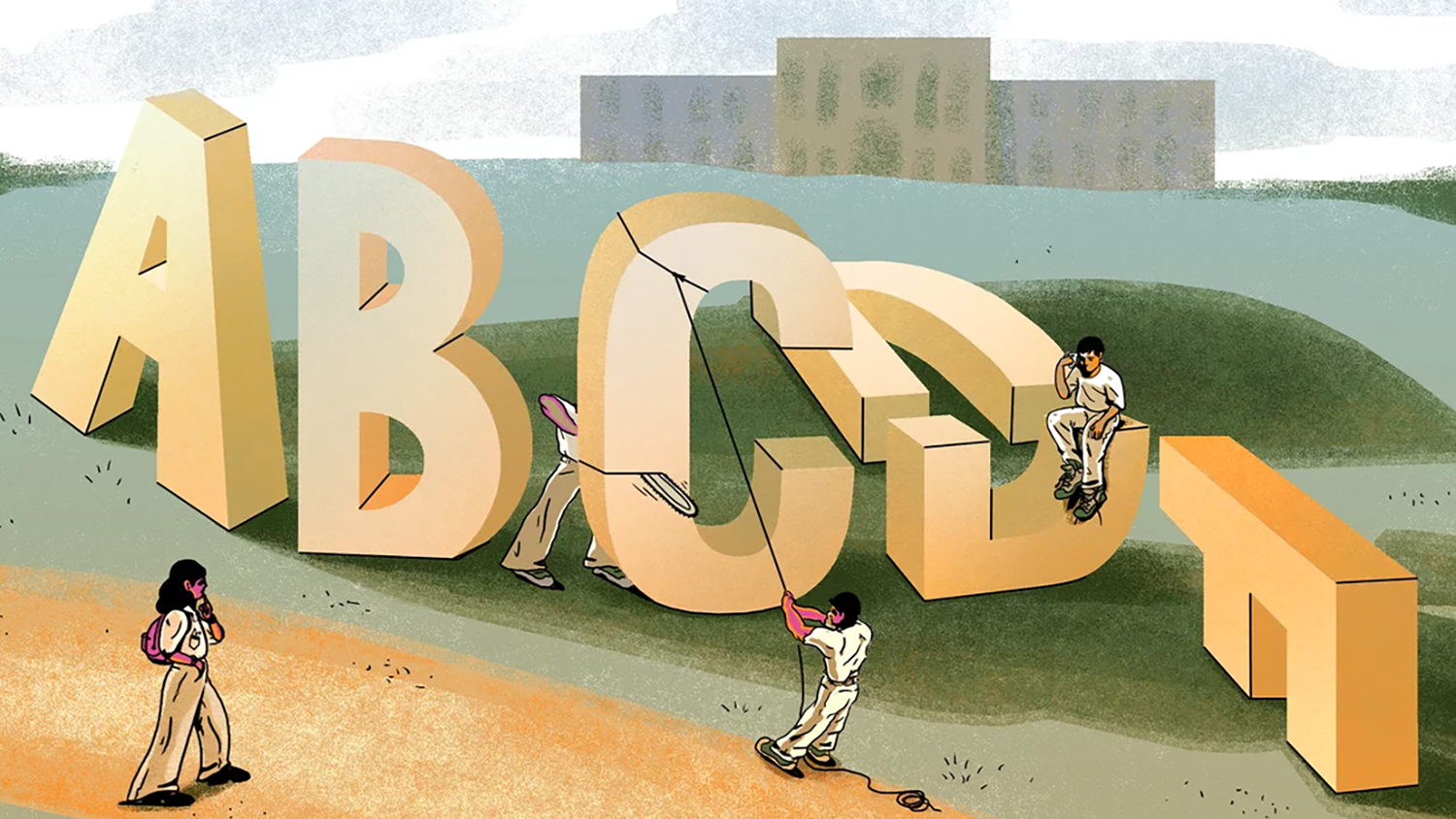Course Redesign—Annotated Bibliography: What is Course Redesign?
Colleges and universities continue to juggle challenges associated with national and local attention to improving student access, student retention, and student achievement while maximizing graduation rates in higher education. The increasing enrollments in college courses are requiring professors to adopt pedagogical strategies that help them teach more students without the needed increases in instructional resources. Such challenges are tangibly related to each other and are the catalyst for instructional changes, which has in part led to the emergence and integration of course redesign. More faculty and administrators are embracing course redesign, which leverages instructional technology to enhance and extend teaching and learning in order to sustain the quality of education for the increasingly diverse student body.
Successful course redesign is described as the process of rethinking and redesigning an entire course with a goal to achieve learning outcomes by balancing instructional technological costs. This process involves six principles described by the National Center for Academic Transformation (NCAT) and are as follows: 1) redesign the whole course, 2) encourage active learning, 3) provide students with individualized assistance, 4) build in ongoing assessment and prompt feedback, 5) ensure sufficient time on task and monitor student progress, 6) modularize the student learning experience (NCAT, 2009).
The following annotated bibliography written by Christen Brown and Lauren Hirsh, graduate students working with DELTA, provides current resources and trends for further exploration into the topic of course redesign. The majority of the trends found in current research focus on student motivation, student perception, student achievement, and teacher perceptions.
Link to Course Redesign Annotated Bibliography
- Categories:


